Leaf003 pbr texture
Why PBR Texture is Used?
PBR is vastly used because it decreases a lot of workloads that are required for creating life-like textures and combined with realistic lighting. It helps to achieve realism more easily.
In every lighting condition assets will look perfect. Moreover, PBR provides a consistent workflow for different artists.
From Where You Can Get Free PBR Textures?
You can easily get different categories of PBR textures include brick, concrete, fabric, wood, and many more from 3DHeven.
We have created different materials by using these PBR textures for different software like Unreal engine, Lumion V-ray, and so on. And you can also download these materials from our website 3Dheven.
All these PBR textures are CC0 licensed and owned by Texturehaven and CC0textures.

Description
PHYSICAL BASED RENDERING TEXTURES
PBR Texture or physical based rendering Textures used life-like lighting or shading models along with computed surface values to precisely depict the real-world materials. Or it can also define as the combination of physically accurate shading, lighting, and properly measured art content.
BASIC PRINCIPLES
Subsequently, we have discussed the fundamental principles behind how physical-based rendering (PBR) computed the shading and lighting.
Diffuse and reflected
Diffuse and reflected lights are the terms that demonstrate the interaction between the material and the light.
The reflected light is the light that strikes the surface and bounces off. On a smooth surface, the light will be reflected in the same direction and create a mirror-like appearance.
Diffuse light is the light that penetrates the inside of the object. There it gets absorbed or scattered in the material and re-emerged.
Unlike the reflected light, the diffused light is uniform in direction. The light which is not absorbed provides the material its color.
Diffused color is also known as Albedo or base color.
ENERGY CONSERVATION
The total light hitting the material is equal to the sum of the reflected light and diffusive light.
If the material is highly reflective then it will show less diffusive color. In contrast, If the material has a rich diffusive color, it can not reflect enough.
Metals & Non-metals
It is essential to know the nature of the material. whether the material is a conductor (metal) or an insulator (non-metal). Because it determines how the material behaves with the light.
Metals are usually reflective whereas non-metals are not. Therefore, metals reflect the color as diffusive whereas non-metals on reflection appear white.
Due to these differences, a PBR workflow has the property of metalness which makes things easier by defining either the material is metal or non-metal.
Fresnel
Fresnel is a term defined as the different angles show the different extent of reflectivity. The light that hits near the edges shows more reflection than the light that falls at 0 angles.
Microsurface
The detail of the microsurface is a very significant characteristic for any material. Because it explains how smooth or rough a surface is. Some PBR systems use Glossiness and some use roughness, They both are the same thing. Glossiness is the inverse of roughness and vise versa.
Reviews (0)
Only logged in customers who have purchased this product may leave a review.
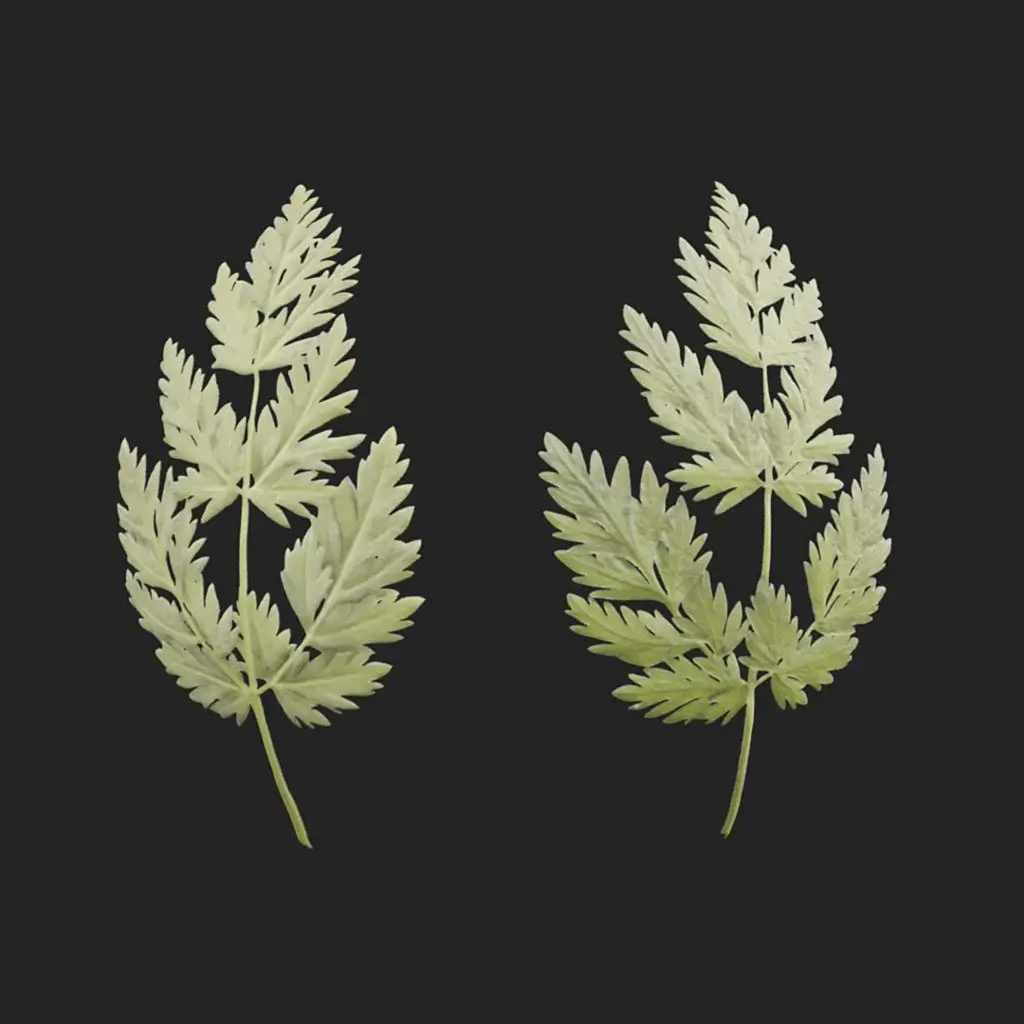
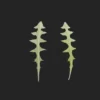
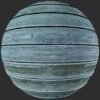
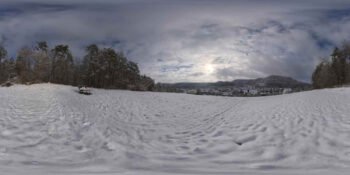
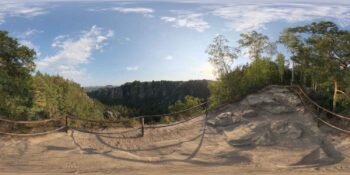

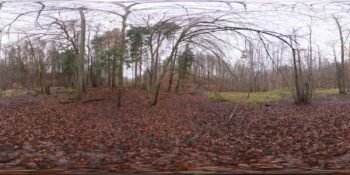
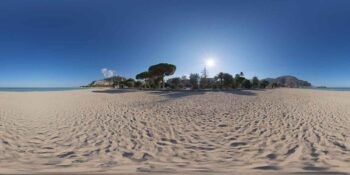

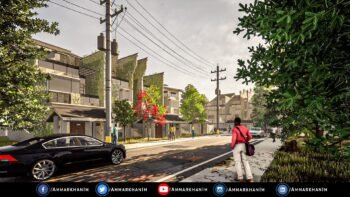
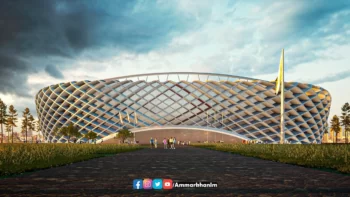
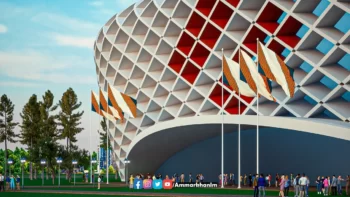
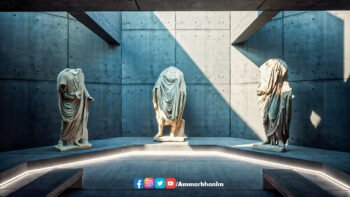





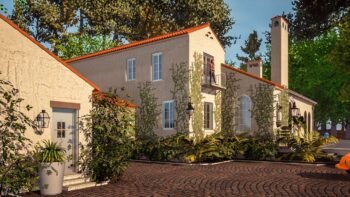
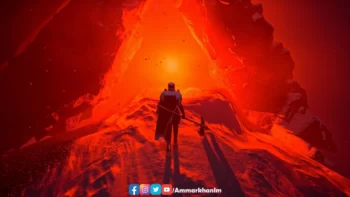
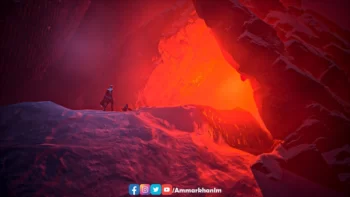


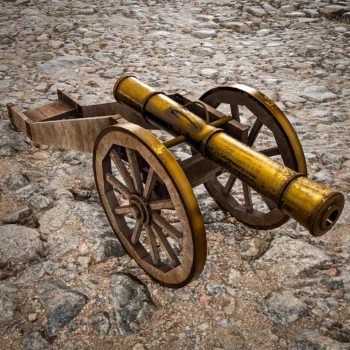
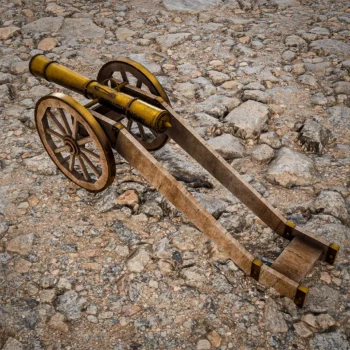
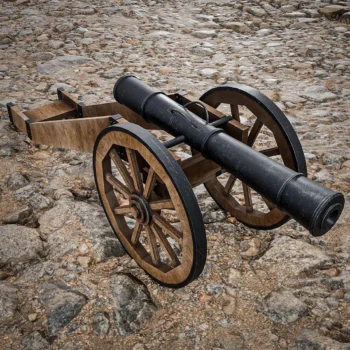

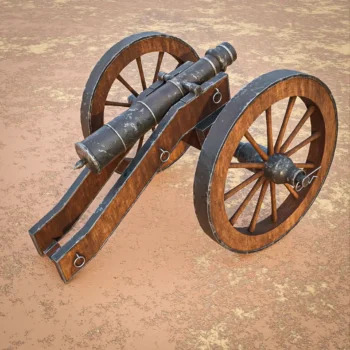
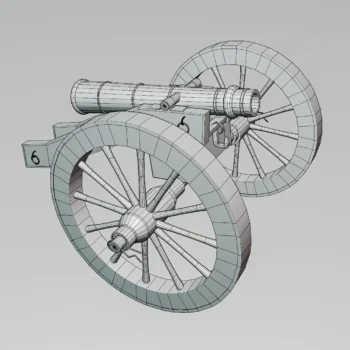
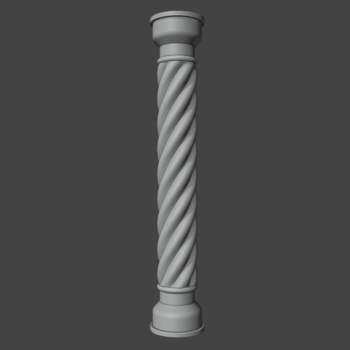




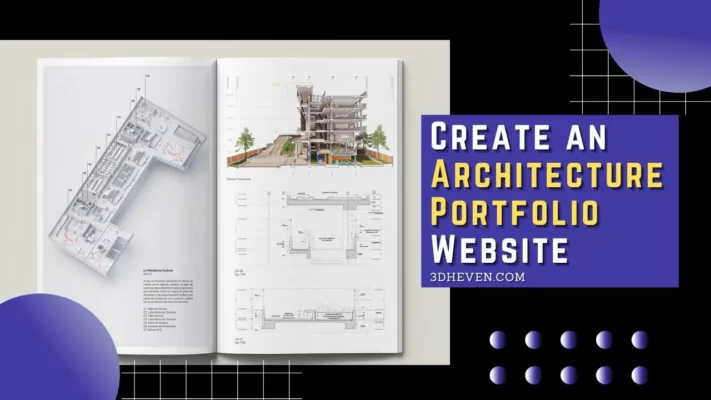
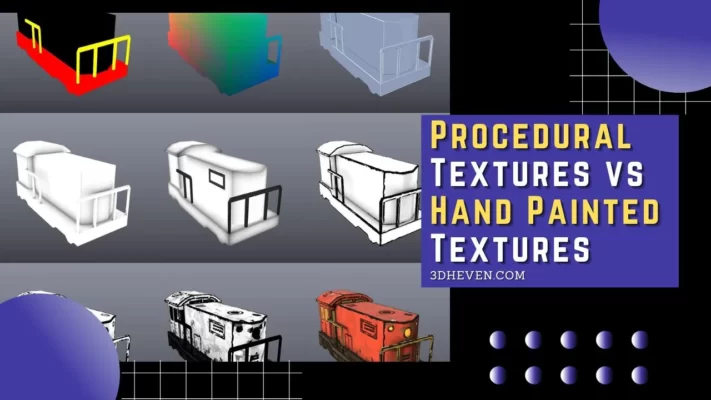

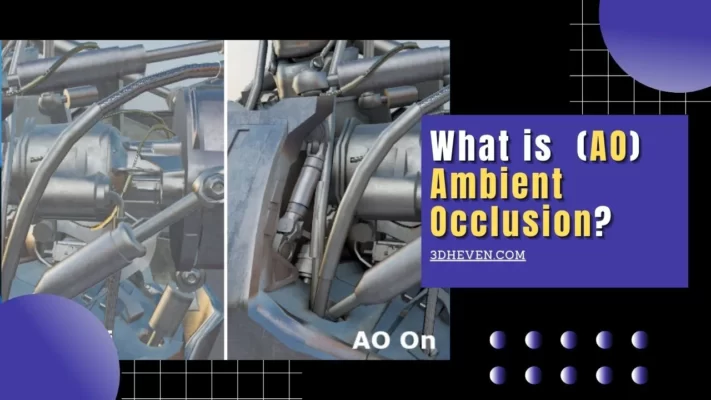
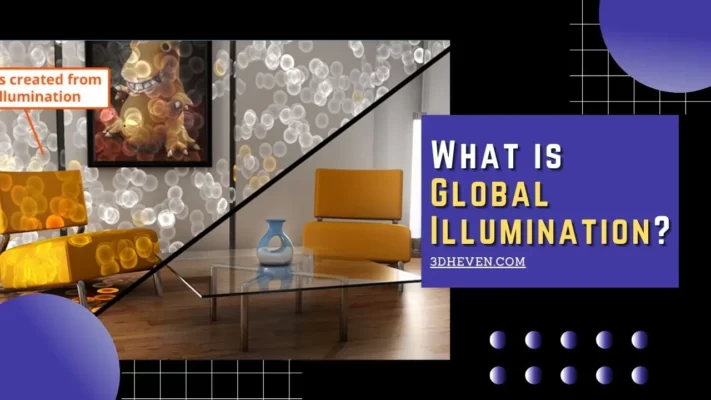


Reviews
There are no reviews yet.